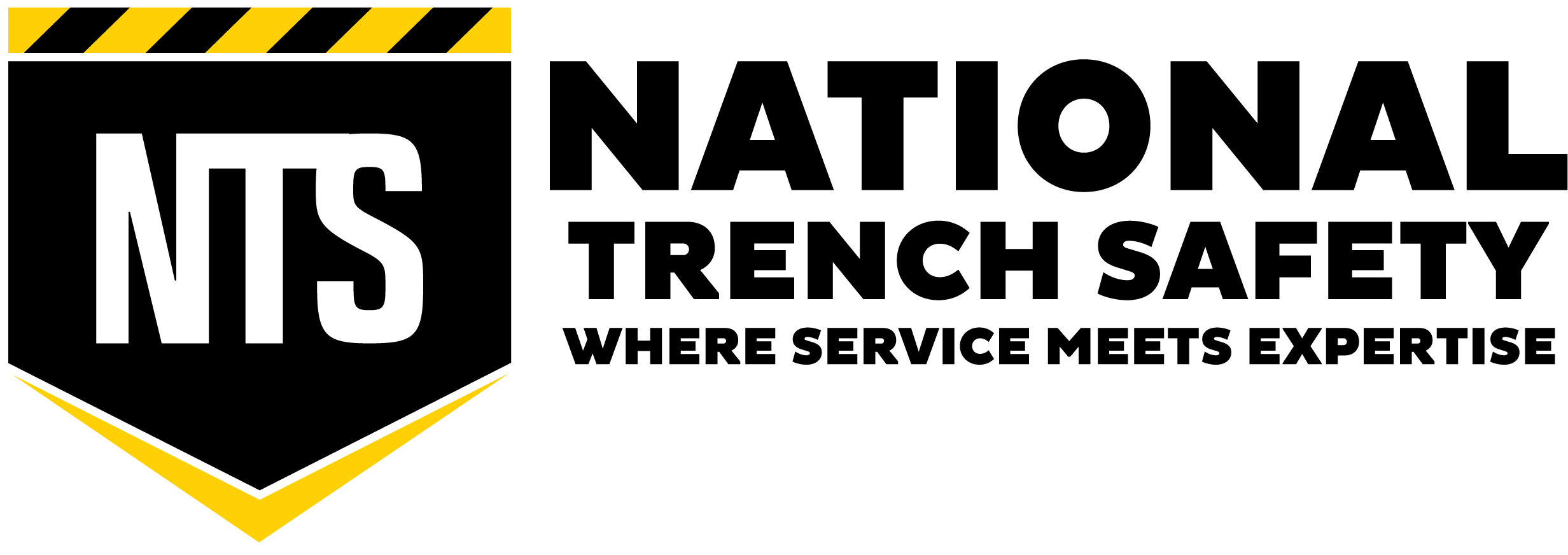Welcome to National Trench Safety’s Expert Corner, your definitive source for expert trench and shoring information. As a global leader in trench safety, we are dedicated to delivering comprehensive, cutting-edge content that supports best practices in the industry. Our Expert Corner is where we showcase the knowledge and insights of our seasoned professionals, with a singular focus on trench and shoring safety.
Whether you’re a seasoned professional seeking advanced knowledge or a beginner looking to understand the basics, our Expert Corner is designed to equip you with the essential information you need. Join us as we dig deeper into the world of trench safety, shaping safer and more efficient workplaces, one post at a time.
Engineering
Knowledge Article
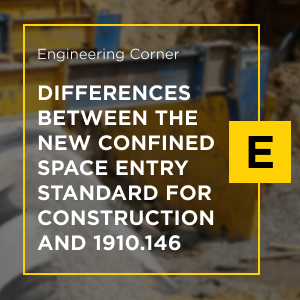
Differences Between the New Confined Space Entry Standard for Construction and 1910.146
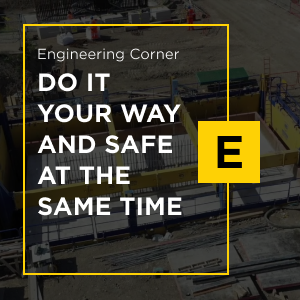
Do It Your Way and Safe at the Same Time
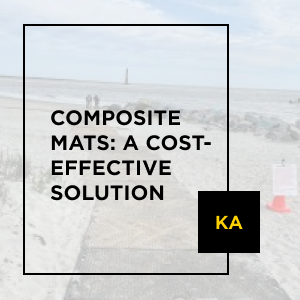
Knowledge Article: Composite Mats – A Cost-Effective Solution
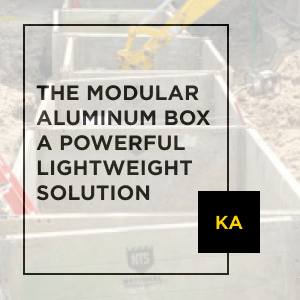
Knowledge Article: The Modular Aluminum Box – A Powerful Lightweight Solution
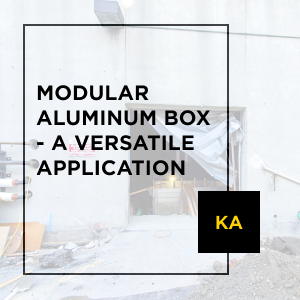
Knowledge Article: Modular Aluminum Box – a Versatile Application
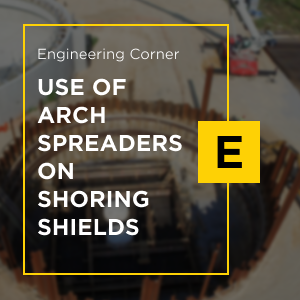
Engineer’s Corner: Use of Arch Spreaders on Shoring Shields
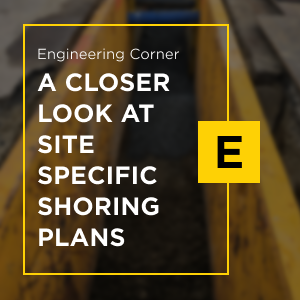
Engineers Corner: A Closer Look at Site Specific Shoring Plans
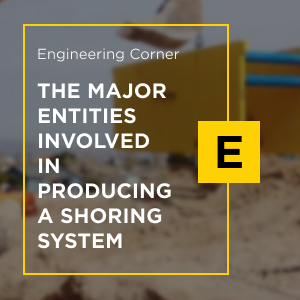
Engineer’s Corner: The Major Entities Involved in Producing a Shoring System
Engineer’s Corner: The Major Entities Involved in Producing a Shoring System
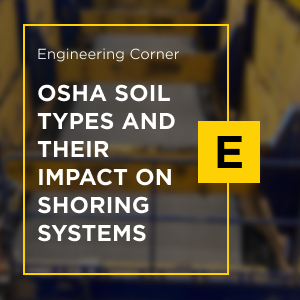
Engineer’s Corner: OSHA Soil Types and Their Impact on Shoring Systems
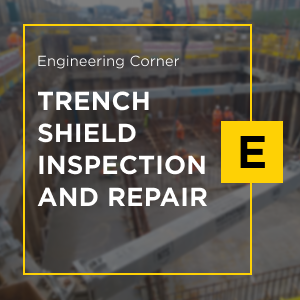
Engineer’s Corner: Trench Shield Inspection and Repair
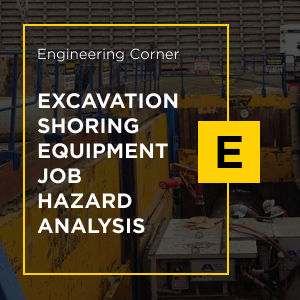
Engineer’s Corner: Excavation Shoring Equipment Job Hazard Analysis
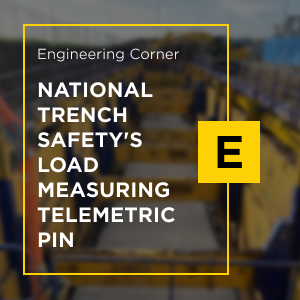
Engineer’s Corner: National Trench Safety’s Load Measuring Telemetric Pin
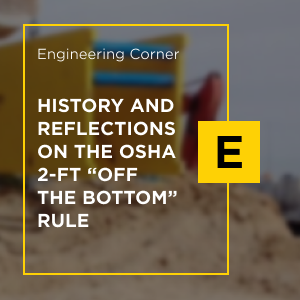
Engineer’s Corner: History and Reflections on the OSHA 2-Ft “Off the Bottom” Rule
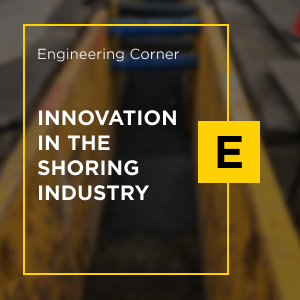
Engineer’s Corner: Innovation in the Shoring Industry
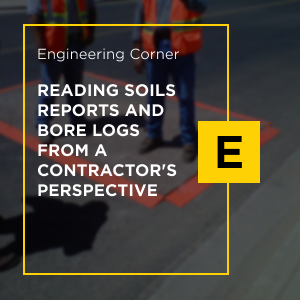
Engineer’s Corner: Reading Soils Reports and Bore Logs from a Contractor’s Perspective

Engineer’s Corner: The Shoring System Selection Process
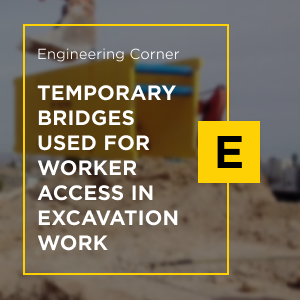
Engineer’s Corner: Temporary Bridges Used for Worker Access in Excavation Work
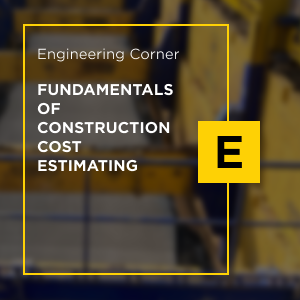
Engineer’s Corner: Fundamentals of Construction Cost Estimating
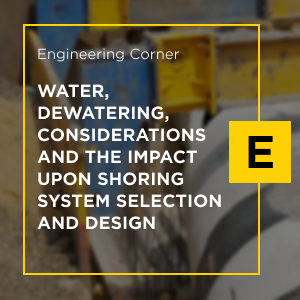
Engineers’ Corner: Water, Dewatering, Considerations and the Impact Upon Shoring System Selection and Design
